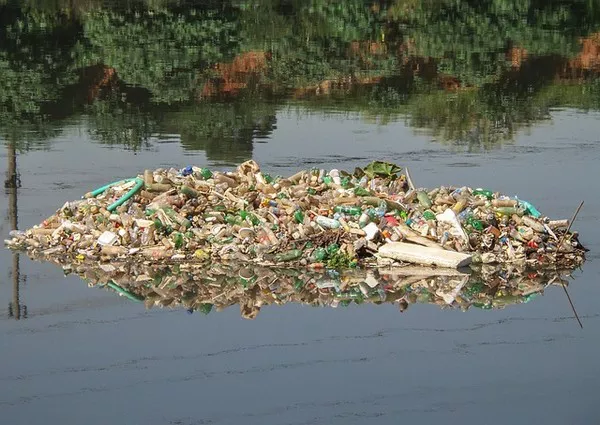Sewage sludge, a byproduct of wastewater treatment processes, has long been regarded as an environmental concern due to its potential for pollution and the challenges associated with its disposal. However, advancements in technology and a growing focus on sustainable practices have led to innovative methods for utilizing sewage sludge. This article delves into the various uses of sewage sludge, highlighting its transformation from a waste product into a valuable resource for agriculture, energy generation, and environmental restoration.
1. Agricultural Applications
One of the most significant and time-tested uses of sewage sludge is in agriculture. When properly treated and processed, sewage sludge can serve as a nutrient-rich organic soil amendment, enhancing soil fertility and crop productivity. The sludge’s organic matter content improves soil structure, moisture retention, and microbial activity. Moreover, it provides essential nutrients such as nitrogen, phosphorus, and potassium that are crucial for plant growth.
Before applying sewage sludge to farmland, it undergoes a rigorous treatment process to eliminate harmful pathogens, heavy metals, and other contaminants. This treatment ensures that the sludge meets stringent regulatory standards, protecting both human health and the environment. Through careful management and monitoring, sewage sludge can be safely integrated into agricultural systems, reducing the need for synthetic fertilizers and minimizing waste.
2. Energy Generation
In recent years, sewage sludge has gained attention as a potential feedstock for energy generation through anaerobic digestion and incineration. Anaerobic digestion is a biological process that breaks down organic matter in the sludge, producing biogas—a mixture of methane and carbon dioxide. This biogas can be captured and utilized as a renewable energy source for electricity generation or heating.
In addition to biogas, sewage sludge can also be incinerated to generate thermal energy. Modern incineration technologies, such as fluidized bed incinerators, ensure efficient combustion and the minimization of harmful emissions. The heat produced during incineration can be harnessed for various industrial processes or converted into electricity, contributing to the diversification of the energy mix and reducing reliance on fossil fuels.
3. Environmental Remediation
Sewage sludge contains organic matter and microorganisms that have the potential to aid in environmental restoration efforts. When applied to degraded lands, such as brownfields or mining sites, sewage sludge can promote soil remediation by improving soil structure and fostering the growth of vegetation. The sludge’s organic components facilitate the breakdown of contaminants in the soil, promoting the reestablishment of a healthier ecosystem.
Phytoremediation, a technique that utilizes plants to absorb and accumulate contaminants, can be enhanced with the addition of sewage sludge. Certain plants have the ability to extract heavy metals and pollutants from the soil, a process known as phytoextraction. The nutrients and organic matter in sewage sludge support the growth of these plants, aiding in the removal of pollutants and the revitalization of contaminated areas.
4. Construction Materials
Innovative approaches have also emerged for incorporating sewage sludge into construction materials, such as bricks and concrete. Researchers have found that adding sludge-derived ash or dried sludge to these materials can enhance their mechanical properties and reduce their environmental impact. For instance, sludge ash can be used as a partial replacement for cement in concrete, reducing the need for virgin materials and lowering the overall carbon footprint of construction projects.
By using sewage sludge in construction materials, a circular economy model can be achieved, wherein waste materials are repurposed and integrated into new products. This not only conserves natural resources but also reduces the volume of waste that would otherwise require disposal.
5. Challenges and Considerations
While the utilization of sewage sludge presents numerous benefits, there are also challenges that need to be addressed. One of the primary concerns is ensuring the safety of the end products and applications. Rigorous testing and quality control measures are essential to prevent the release of contaminants into the environment or food chain.
Public perception and acceptance of sewage sludge applications can also be a hurdle to overcome. Proper education and communication are vital to inform communities about the benefits of these practices and to address any misconceptions or concerns.
Conclusion
Sewage sludge, once seen as a waste burden, has evolved into a valuable resource with diverse applications across various sectors. From enhancing agricultural productivity to contributing to renewable energy generation and aiding in environmental restoration, sewage sludge demonstrates its potential to foster sustainability and address pressing environmental challenges. As technology continues to advance and awareness grows, the responsible and innovative use of sewage sludge will play an increasingly significant role in creating a more resource-efficient and ecologically balanced future.

